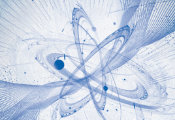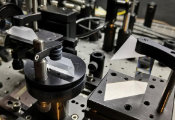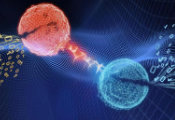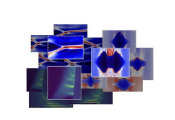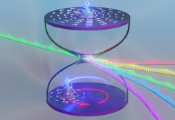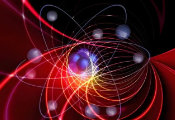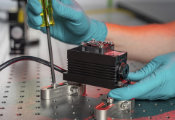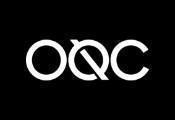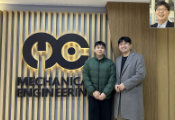Toshiba Creates Quantum Random Number Generation Ready for Mass Manufacture
Cambridge, UK, 15th May 2024 -- Toshiba Europe Ltd today announced it has developed a fully on-chip quantum random number generator ready for serial assembly. This advance will enable the mass manufacture of this quantum security technology, bringing its application to a much wider range of real-life scenarios.
Random numbers are essential for a wide variety of applications from computer simulations to lotteries. With the ever-growing threat that quantum computers pose to asymmetric cryptography, it has become of critical importance to find methods to generate random numbers securely and at a high rate. Quantum random number generators (QRNGs) which exploit the intrinsic probabilistic nature of quantum processes to generate unpredictable random numbers have shown great promise in solving this problem.
Proof-of-principle implementations of numerous potential QRNG architectures have already been demonstrated. However, to be a viable alternative to existing random number generators, unpredictability cannot be the only figure of merit. The ease of mass-manufacture, hardware integration and generation rate must also be considered.
For the use of QRNGs to become widespread, the gap between one-off lab implementations and mass-manufacturability must be closed. This requires implementations that are compatible with mass production. It is also important that the size, weight, and power consumption are optimised in the design process. Chip-based solutions alone promise to fulfil all these requirements; therefore, their development is essential to enabling mass market applications, which will be integral to the realisation of a quantum-ready economy.
Toshiba has developed techniques to fully integrate the optical entropy core (OEC) of its QRNG into miniature semiconductor chips. These chips have no optical inputs or outputs which makes them easier to embed in a hardware system as they do not require alignment of a fibre with the chip. Additionally, they are much smaller, lighter and consume less power than their fibre optic counterparts. Significantly, they can be fabricated in large numbers in parallel on the same semiconductor wafer using standard techniques used within the semiconductor industry.
In addition, Toshiba has developed techniques to encase its OEC in a package compatible with surface-mount technology, which is ubiquitous in the high-tech electronic printed circuit assembly industry. This advance is key in enabling serial production of Toshiba’s QRNGs.
Andrew Shields, Head of Quantum Technology at Toshiba Europe, remarked: “Quantum processes are entirely unpredictable and therefore ideally suited for generating high-quality random numbers. Implementing the design in a semiconductor chip allows the mass manufacture of these quantum random number generators, with many potential applications in cryptography, numerical modelling and gaming.”

